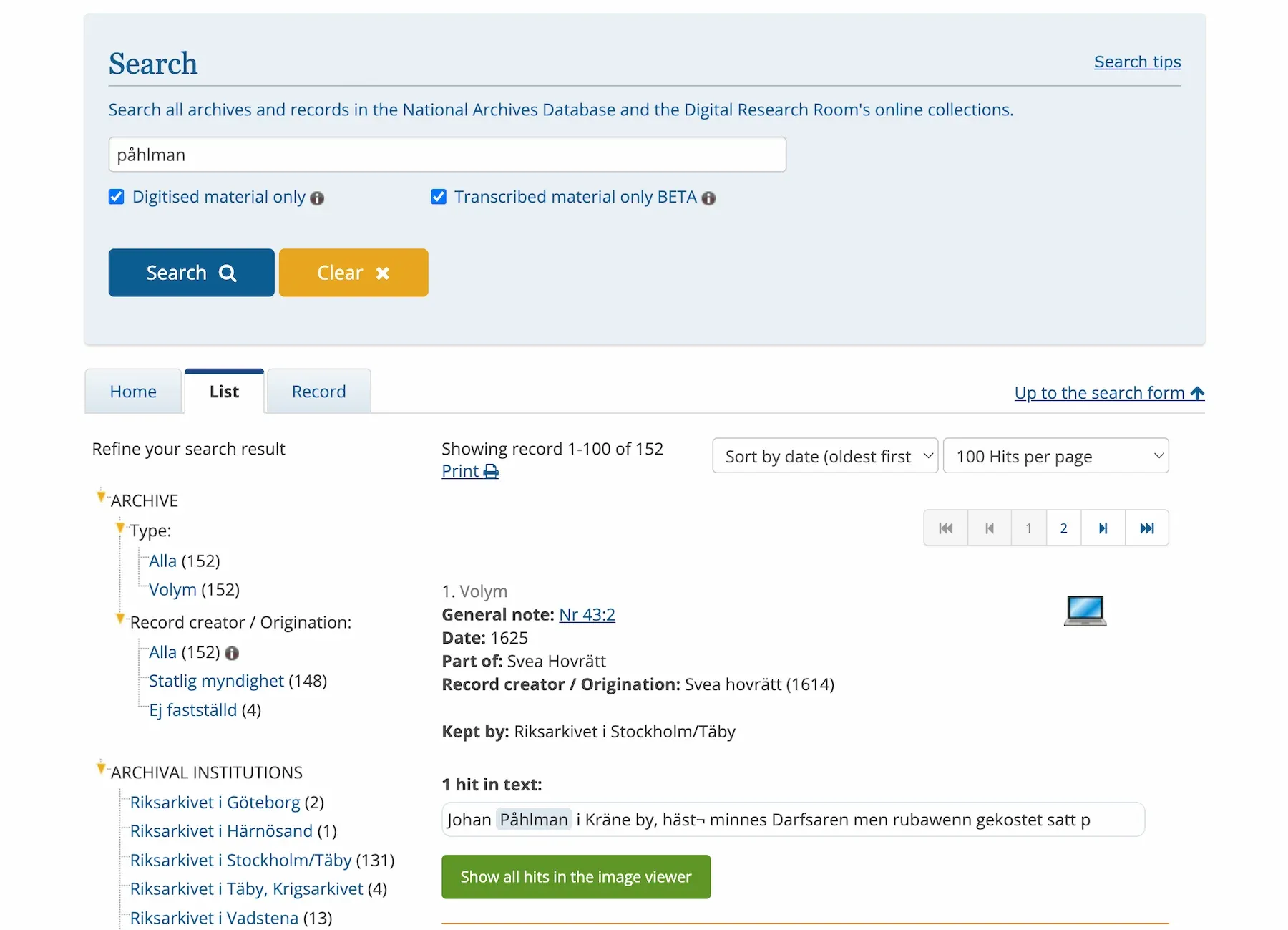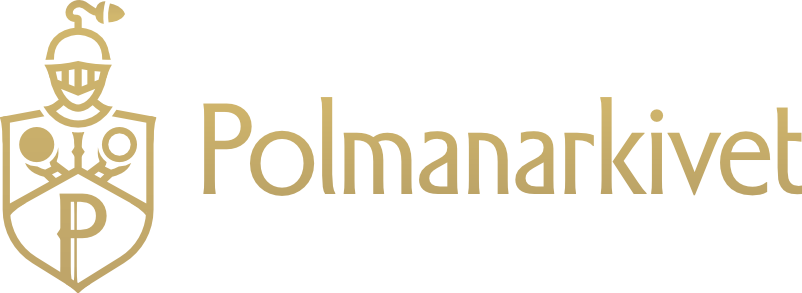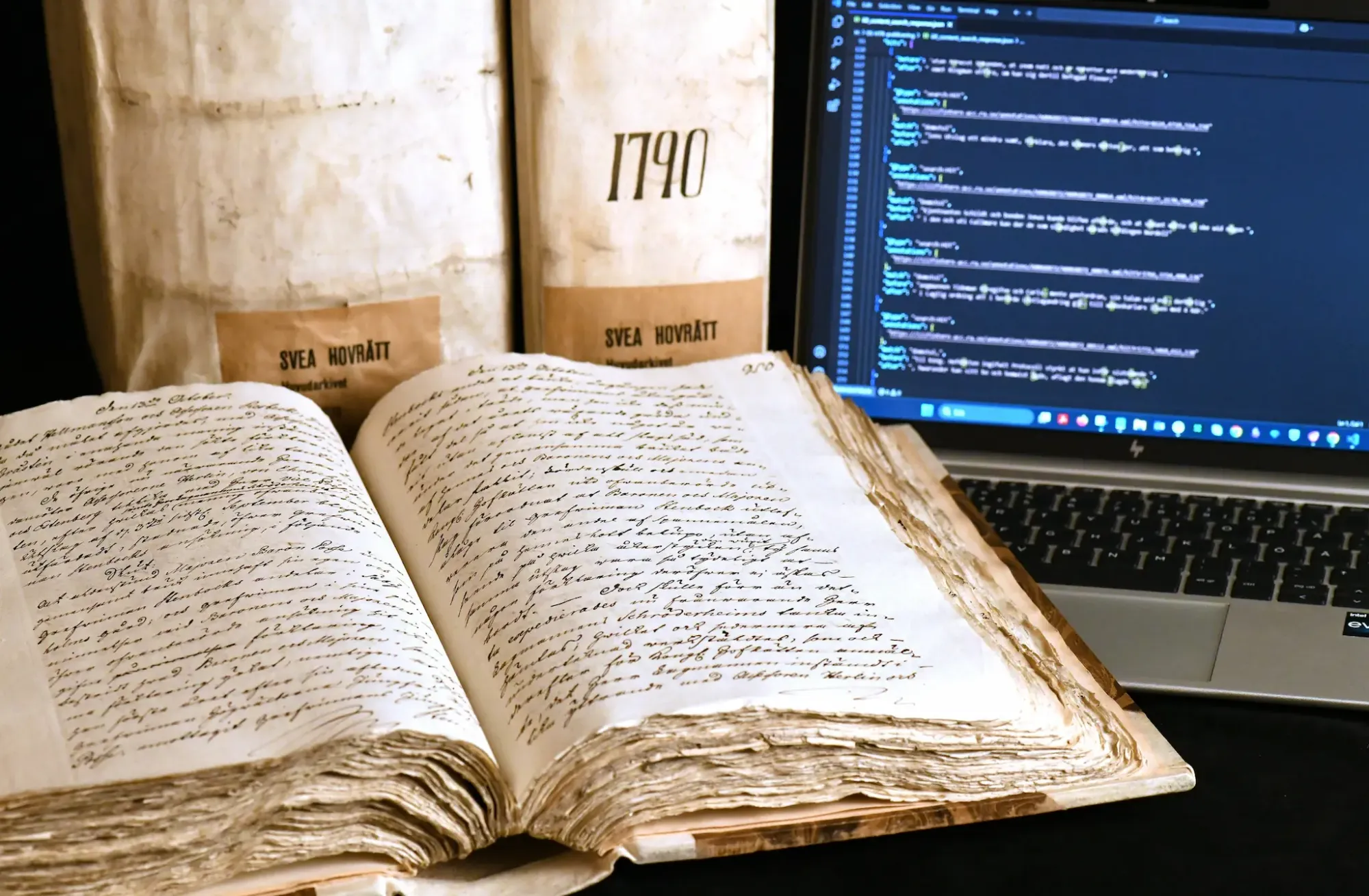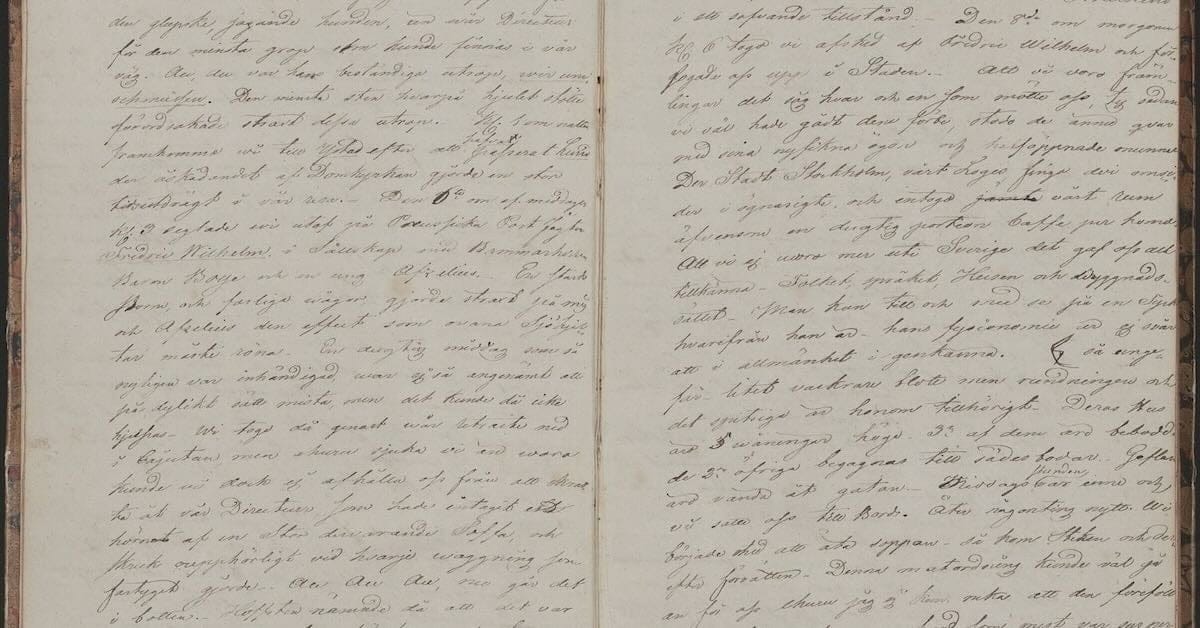In a major step forward for historical and genealogical research in Sweden, the National Archives (Riksarkivet) recently implemented a new feature that uses artificial intelligence to transcribe handwritten documents. This development makes vast collections of previously unsearchable material accessible through a simple search.
The core function is to transform historical script into digital text:
When the AI-transcribed text is published, it means that the handwritten content of the archives will become searchable text in the search service, NAD and the image viewer.
The initiative launched in April 2025 with an initial 1.2 million archive pages, including materials from the Svea Court of Appeal and the historic Witchcraft Commissions. A second release on July 1st expanded the searchable collection by another 400,000 pages, adding records from the Göta Court of Appeal, the Gothenburg Police Chamber, and the Stockholm Magistrate's Court and City Hall Court, among others.
Implications for Påhlman Research
This new technology offers intriguing possibilities for our work at Polmanarkivet. The archives of the Svea Court of Appeal, for instance, are a rich and complex source for 17th and 18th-century family history. Our own preliminary searches using the new tool have already identified over 100 matches for variants of the Påhlman name within this single collection.

Previously, accessing this information would require a significant investment in manual transcription. The ability to perform keyword searches on these documents will undoubtedly accelerate our research, helping us to more efficiently locate and analyze legal and civil records pertaining to the family.
How to Explore the AI Archives
Riksarkivet has made the tool straightforward to use. On the search page, researchers can select a checkbox for "Transcribed material only BETA" to filter results. When a match is found, the image viewer presents the original document alongside the AI-generated transcription, with the searched term conveniently highlighted.
To see the feature in action, Riksarkivet has a short explanatory video available here:

More information on AI in the archive and access a video explaining the AI features
While Riksarkivet notes that the AI text may contain errors, it stands as an innovative new aid for discovery. A full list of the collections included, as well as those planned for future release, is available on their website.
Now it's your turn to explore. Try searching for your own family names with this new tool. Did you make any surprising discoveries, and what are your thoughts on the use of AI in the archives? Let us know in the comments below.




